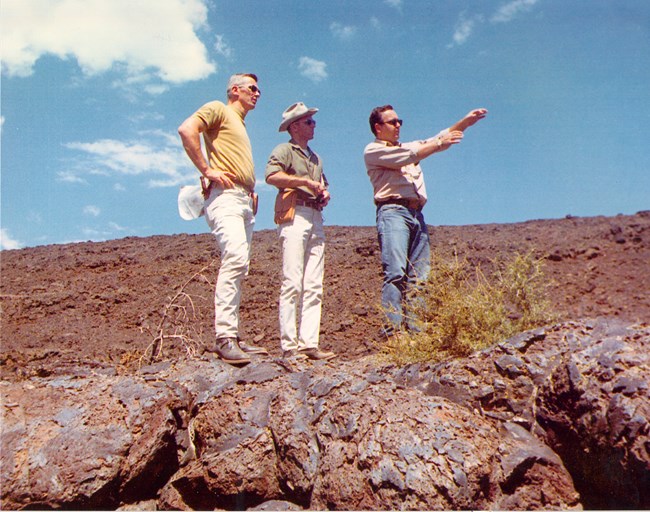
NASA Photo For more than 50 years, Craters of the Moon has served as a NASA space exploration research site and an astronaut training site. "...We leave as we came and, God willing, as we shall return: with peace and hope for all mankind.”-Eugene Cernan, the last words spoken on the moon at the end of the Apollo 17 mission 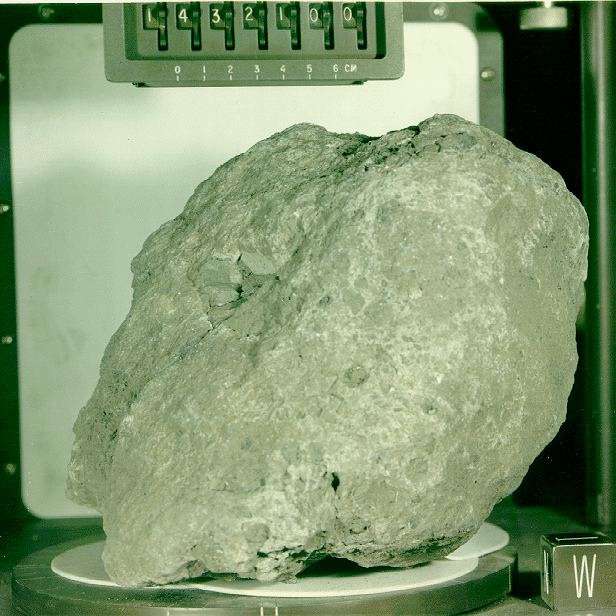
NASA Photo / Johnson Space Center, photograph S71-29184. 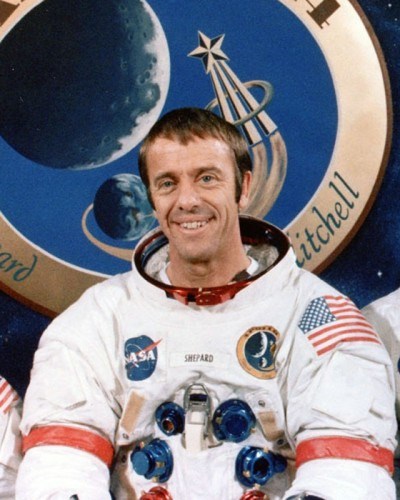
NASA Photo Alan Shepard was a naval aviator, a test pilot, and a flight instructor. Named as one of the nation's original seven Mercury astronauts in 1959, Shepard became the first American and second person in space on May 5, 1961. He was Chief of the Astronaut Office from November 1963 to August 1969. He was mission commander of the Apollo 14 crew and is one of only 12 Americans to step on the moon. During his moon walk, he hit two golf balls with a specially designed golf club that could be folded into his spacesuit. He passed away on July 21, 1998.
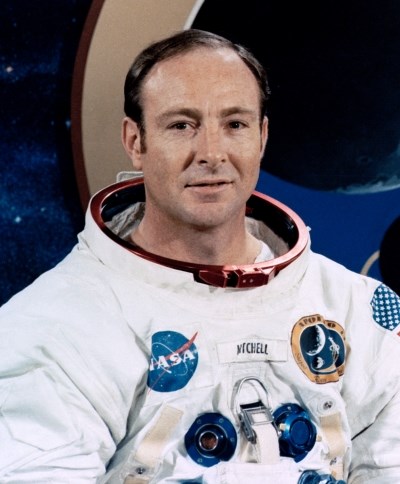
NASA Photo Edgar Mitchell was a Navy pilot and a Research Project Pilot. He was selected by NASA for astronaut training in April 1966. He had one spaceflight, aboard the Apollo 14 lunar landing mission as the lunar module pilot, and served as support and backup crew on several other missions. Mitchell's first assignments at NASA were as support crew for Apollo 9, the second manned Apollo flight, and as the backup lunar module pilot for Apollo 10. His sole spaceflight was as Lunar Module Pilot for Apollo 14, the third lunar landing mission launched January 31, 1971. During this mission he became the 6th astronaut to walk on the Moon. He passed away on February 4, 2016. 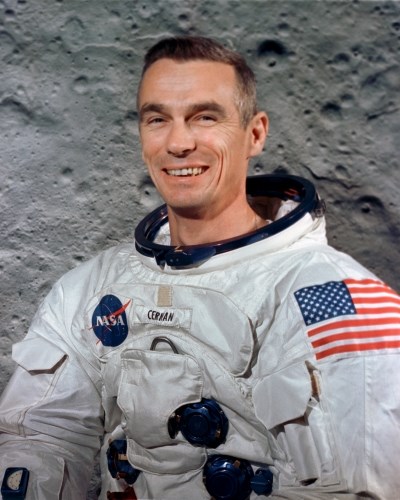
NASA Photo Eugene Cernan journeyed into space on three missions. He first flew on Gemini 9 where he distinguished himself as one of the first Americans to walk in space. He was on the three-man crew of Apollo 10 which flew around the moon and he piloted their lunar landing module over the moon's surface to scout a landing spot for Apollo 11. He served as the backup commander for Apollo 14. Cernan then commanded Apollo 17, setting down his lunar landing module on the moon. He was on the moon longer than any other American who has walked on the moon. He was also the last astronaut to walk on the moon. He passed away on January 16, 2017. 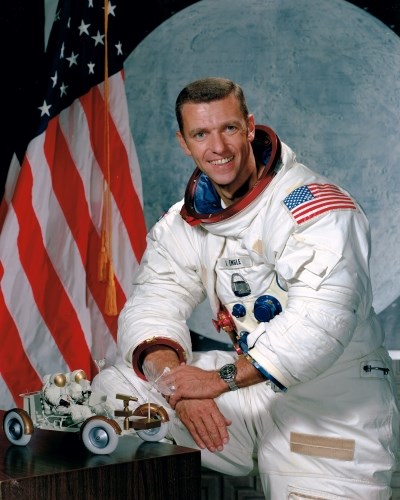
NASA Photo Joe Engle was a jet pilot, test pilot for the X-15, and astronaut. He served as the backup command module pilot for Apollo 14. He trained for Apollo 17 as the lunar module pilot, but was replaced on the crew in the final months of training to provide the opportunity for NASA to place a scientist on the moon in its final Apollo mission. Engle went on to pioneer the US Space Shuttle program and served as commander of the second and 20th space shuttle flights. The requested video is no longer available.
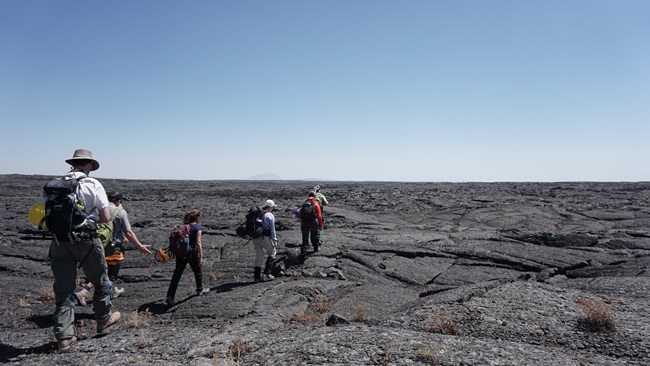
|
Last updated: February 14, 2024
